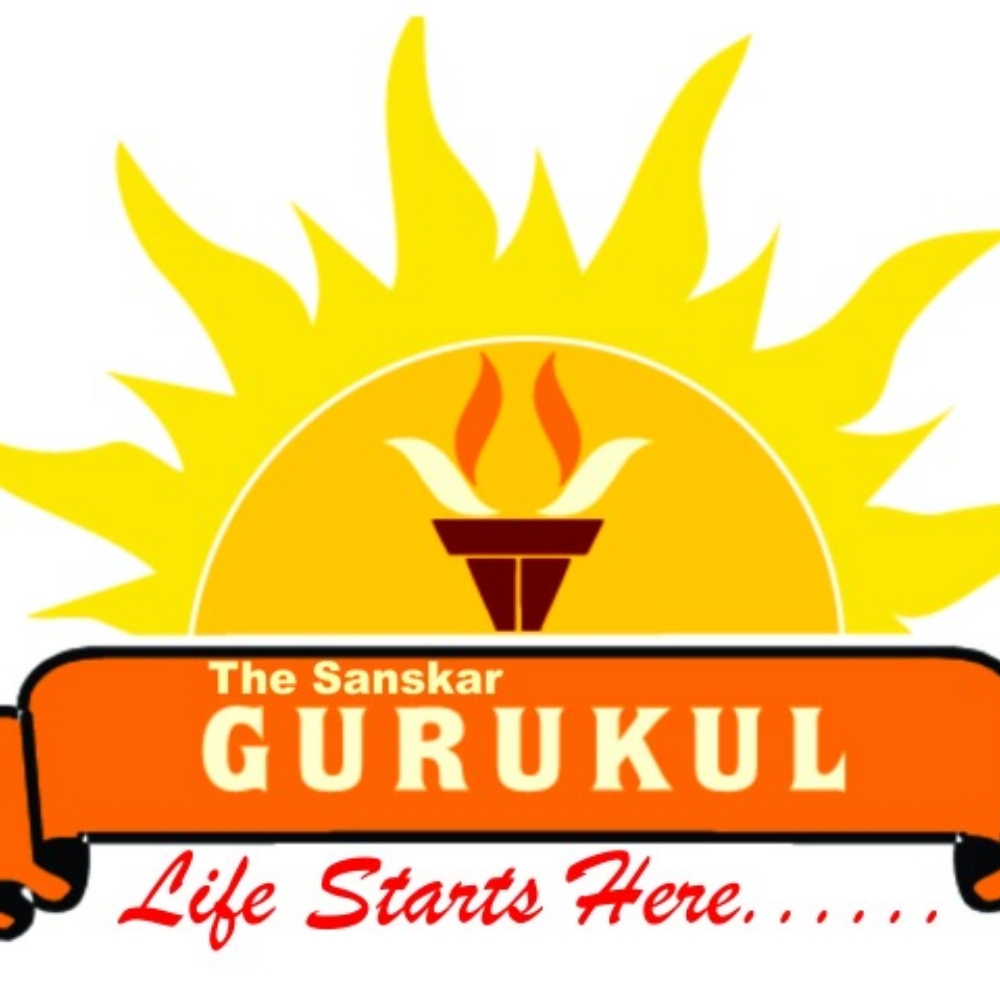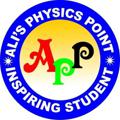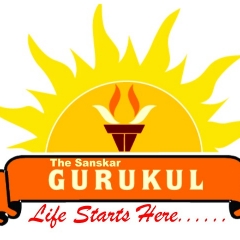Question 1 :
Uniform circular motion is called continuously accelerated motion mainly because its :
Question 2 :
Uniform Circular Motion refers to a motion of an object in a circle at a constant _________.
Question 3 :
Circular Motion can be an example of periodic motion. <div>State whether the given statement is True or False.</div>
Question 4 :
In a uniform circular motion, the magnitude and direction of velocity at different points remain the same.
Question 5 :
A particles revolves along a circle with a uniform speed. The motion of the particle is ____ .
Question 7 :
Which one of the following is most probably not a case of uniform circular motion?
Question 10 :
The order of magnitude of revolution period of the earth around the sun is
Question 11 :
In the case of uniform circular motion, which one of the following physical quantities does not remain constant?<br>
Question 12 :
Uniform circular motion is called continuously accelerated motion mainly because its :
Question 13 :
Which one of the following is most probably not a case of uniform circular motion?
Question 14 :
A 60-kg person on a merry-go round is travelling in a circle with a radius of $3 \ m$ at a speed of $ 6 \ m/s$. What is the magnitude of the net force experienced by this person?
Question 15 :
<div>State whether true or false.<br/></div>A particle rotating in a circular path may have constant speed but velocity changes continuously.
Question 16 :
In a uniform circular motion, the angle between the velocity and acceleration is :
Question 17 :
Suppose a boy is enjoying a ride on a merry-go-round which is moving with a constant speed of $10\ ms^{-1}$. It implies that the boy is :<br/>
Question 19 :
(1) : When a rigid body is rotating about its own axis, all particles of that body have the same angular velocity.<br/> (2) : All particles of the body have the same time period.<br/>
Question 20 :
If a particle moves in a closed path with a constant speed of 10 m/s, we can always say, that there will be a change in velocity.
Question 21 :
State whether the following statements are true or false by writing T'F against them.<br>In a uniform circular motion. the speed continuously changes because of the direction of motion<span> changes.</span>
Question 22 :
The sun revolves around galaxy with speed of $250 {km}/{s}$ around the center of milky way and its radius is $3 \times {10}^{4}$ light year. The mass of milky way in $kg$ is
Question 23 :
A wheel has a speed of $1200$ revolution per minute and is made to slow down at a rate of $4\;rad/s^2$. The number of revolution it makes before coming to rest is
Question 24 :
A disc rotating about its axis, from rest it acquires a angular speed $100rev/s$ in $4$ second. The angle rotated by it during these four seconds (in radian) is
Question 25 :
A particle moves with constant angular velocity in a circle. During the motion its
Question 27 :
A particle is moving in a circular path. The acceleration and momentum vectors at an instant of time are $\vec{a} = 2\vec{i} + 3\vec{j} \ m/s^2$ and $\vec{P} = 6\vec{i} - 4\vec{j}$ kgm/s. Then the motion of the particle is:
Question 28 :
The roadway bridge over a canal is in the form of an arc of a circle of radius $20\ m$. What is the maximum speed with which a car can cross the bridge without leaving the ground at the highest point.
Question 29 :
A thin uniform bar of length L and mass 8 m lies on a smooth horizontal table. Two point masses m and 2 m are moving in the same horizontal plane from opposite sides of the bar with speeds 2v and v respectively. The masses stick to the:
Question 30 :
A cyclist turns a corner with a radius of 50 m at a speed of 20 m/s . What is the magnitude of the cyclist's acceleration?
Question 31 :
A particle has initial velocity, $\displaystyle \vec{v}=3\hat{i}+4\hat{j}$ and a constant force $\displaystyle \vec{F}=4\hat{i}-3\hat{j}$ acts on it. The path of the particle can be:
Question 32 :
When a force $F_1$ acts on a particle, frequency $6$Hz and when a force $F_2$ acts, frequency is 8 Hz. What is the frequency when both the force act simultaneously in same direction?
Question 33 :
A wheel is making Revolution about axis with uniform angular acceleration, Starting from rest, it reaches $100\ rev/sec$ in $4\ seconds$. Find the angular rotated during these four seconds.
Question 34 :
A particle of mass $10\ g$ moves along a circle of radius $6.4\ cm$ with a constant tangential acceleration. What is the magnitude of this acceleration if the kinetic energy of the particle becomes equal to $8 \times {10}^{-4} J$ by the end of the second revolution after the beginning of the motion?
Question 35 :
A particle is moving in a circle of radius $R$ in such a way that at any instant the normal and tangential component of its acceleration are equal. If its speed at $t=0$ is $\displaystyle v_{0}.$ The time taken to complete the first revolution is






























